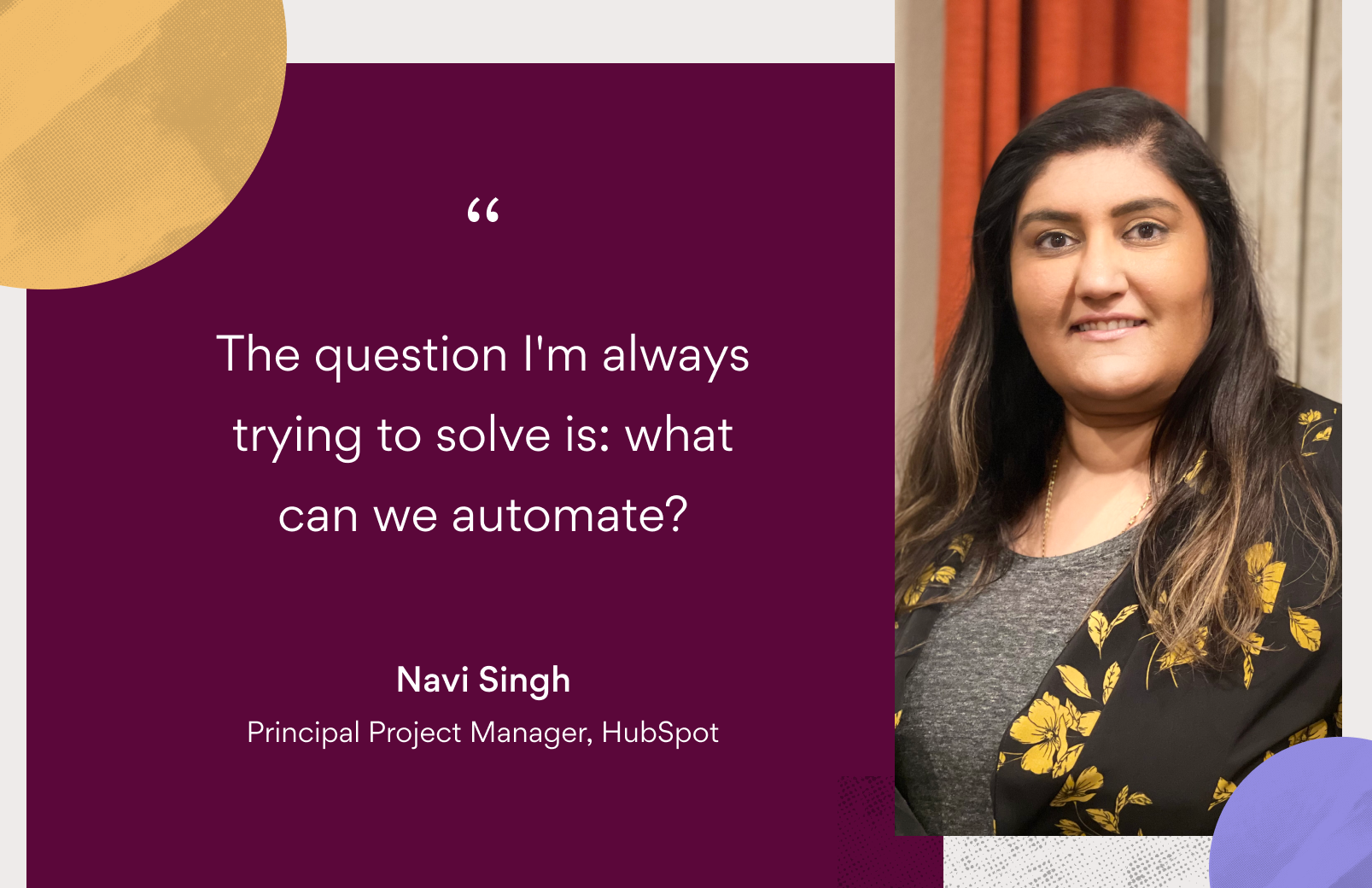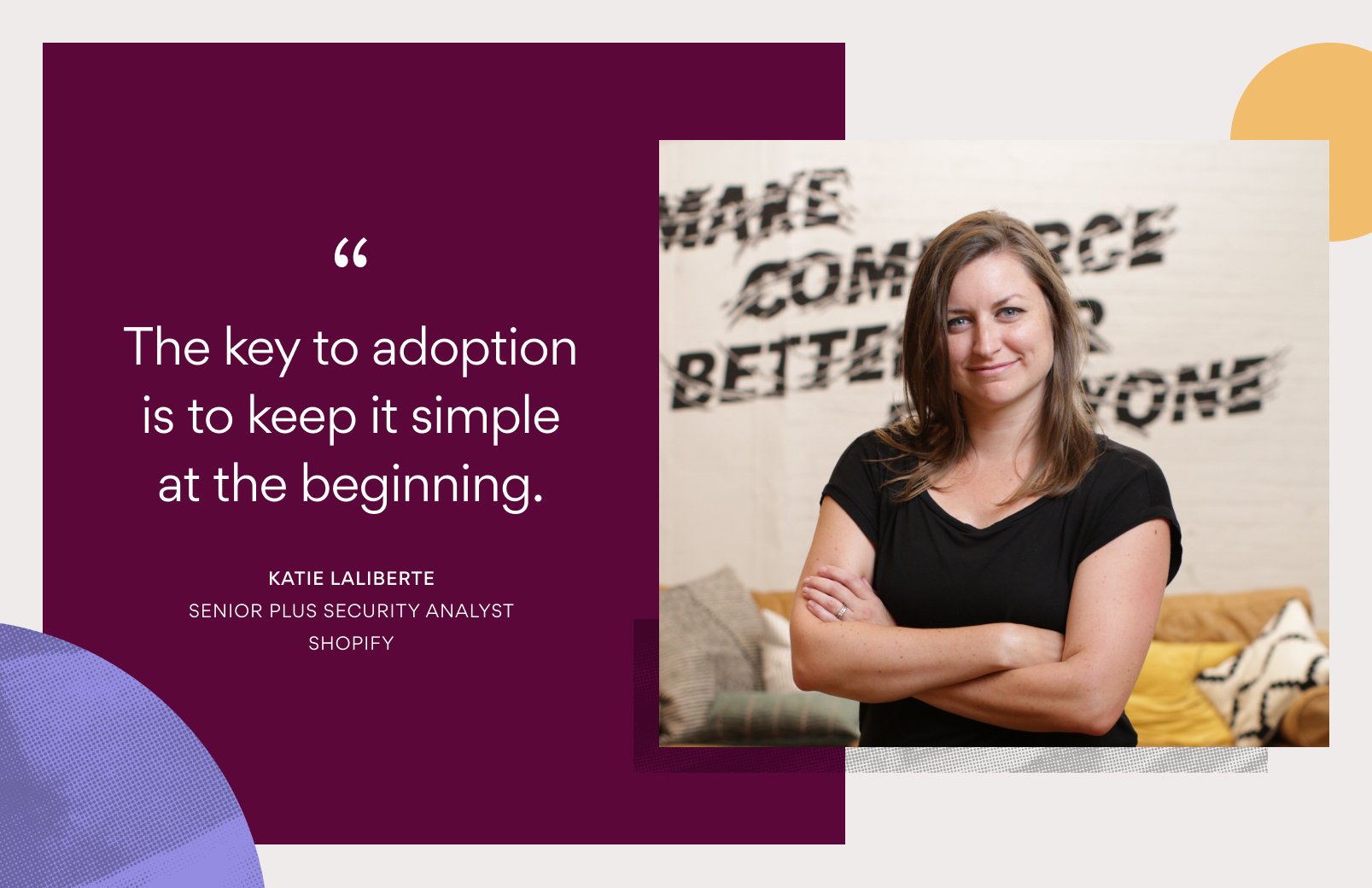How to scale marketing campaigns and programs with work management

It’s tough to keep any team aligned—whether distributed, remote, or in office—but marketing teams can face particularly unique challenges. With so many different functions, tools, and channels in the marketing world, moving quickly, efficiently, and with everyone on the same page sometimes feels like an impossible task.
That’s where work management—centralizing and standardizing workflows to enable execution at scale—comes in. Essentially, when marketing teams embrace work management, it means there are systems in place—from who does what by when to what tools are used for which tasks and types of communication—to help everyone stay aligned, organized, and productive. The end result? Fewer missteps, increased velocity, and, ultimately, better marketing.
At Asana, our marketing team is growing quickly, with team members in the United States, Europe, Japan, Singapore, and Australia. Within our global marketing organization, people work in many different functions, channels, and locations, making the entire operation pretty complex. How do we ensure success? Everyone works collaboratively on everything from global campaigns to our global community program, Asana Together, in Asana—our work management platform.
[Read: The Integrated Marketing Campaign Toolkit]
Here’s a look behind the curtain so you can see how three marketers at Asana apply work management to their jobs every day to scale their work.
Scaling marketing campaigns around the world: Diana Dvorkin, Global Campaigns Manager
Diana Dvorkin works on building and scaling global marketing campaigns for Asana. While every campaign may have similar steps, a big part of her job is coordinating with stakeholders in each global market to ensure that the campaign is regionalized properly and will land with that audience. Work management is a critical part of keeping details in order and stakeholders informed and on track—no matter what timezone they work in or what language they speak.
Q: Tell us a little bit about your job and what you do at Asana
A: Asana is growing quickly, and as part of that, we needed someone to centrally run global campaigns. My primary responsibility is to manage our global product launches and demand generation campaigns, which means I get to work with almost everyone across marketing (in six of our global offices!).
Q: How many campaigns do you run a year and in how many regions?
A: In any given quarter, we’re typically running brand, product, and demand generation campaigns—sometimes simultaneously. While my job is global, each campaign needs special regionalization for our priority markets. With so many audiences, it’s impossible to replicate everything exactly across the board. Beyond that, we’re running tens of campaigns across our regions—four of them, globally—and different marketing channels.
Q: How do you keep track of multiple campaigns at once?
A: Asana! Before I joined Asana and knew about work management, I tracked campaigns across a master spreadsheet with many (many) tabs. While it had a lot of information in it, it was hard for people to navigate, and a lot of items would fall through the cracks. It was also cumbersome to update the spreadsheet when things inevitably changed. Since joining Asana, I’ve been able to create different projects for each campaign we run within one tool. From there, I’m able to see how each campaign is doing at a bird’s-eye level while still having an aggregate view of everything I need to do.
Q: When a project begins to get off track, how do you regain control?
A: Projects rarely move forward without at least a few curveballs, especially when you work on the type of large-scale campaigns I run. When a project starts to get off track, I love to gather all our stakeholders on a quick Zoom call. We check in on the problem, talk through solutions, and come up with a set of next steps. From there, we’re able to realign and keep the project moving forward.
Q: What is the best way for communicating with stakeholders and keeping everyone on the same page?
A: The bigger the project, the more stakeholders there are—which can make it tricky to keep everyone on the same page. In addition to having weekly stand-ups to check in on progress, I like to share a monthly or weekly progress update in Asana. That way, all our stakeholders have a real-time update from each team and an overview of the next steps. This allows project stakeholders to understand what’s been done and what they should expect in the next couple of weeks.
Orchestrating a symphony of creatives and stakeholders: Ariel Ross, Creative Producer, Brand & Product
It’s fair to say that Ariel Ross is involved in just about every piece of creative material that Asana produces. She works with every department in Asana and ensures that their creative needs are met—while also ensuring her team has balanced workloads and that creative work aligns with top business priorities.
Q: Tell us a little bit about your job and what you do at Asana.
A: As the executive producer at Asana, my role is diverse in scope and impact. I directly oversee operations for the Brand Design team, manage producers, and oversee the video team. The Brand Design organization is horizontal, so I work with all departments in the company and have an eagle-eye view of cross-functional projects to identify overlaps for opportunities and large-scale projects. When there are special projects for the company (like the Future of Asana)—I jump in to help quarterback them. Because of that, I have worked with most teams at the company.
Q: How many creative requests and projects does your team work on in a year?
A: This is a tricky question because we can get requests ranging from an integrated global campaign with billboards and New York Times print ads to resizing images for the website. Nothing is too big or too small for my team. Knowing that the range is broad, we’ve developed methods to prioritize and route incoming creative proposals and weigh against company goals, revenue impact, or executive sponsorship. Annually, I would say we have thousands of requests, which map to hundreds of projects.
Q: How do you streamline the creative request process?
A: Using a combination of Forms, custom fields, and Rules in Asana, we’ve developed an intake process for all proposals. There are two routes—large initiatives that are approved on the roadmap either annually or bi-annually are captured and built into our schedule. Ad hoc or evergreen requests are directed through our intake process and then evaluated based on prioritization of company goals and impact.
The best way to streamline any creative process is to minimize unknowns. If we’re given the right information in full, that expedites the process by reducing follow ups or meetings. In building our system, a big focus was on reducing gray areas and allowing for clarity by drilling down to the essential information that enables creative to successfully execute. The more context we have, the better we can prioritize, and the faster we can bring projects to life.
Q: How do you organize projects across different teams and keep track of due dates?
A: Different teams have different processes. For example, the campaign team may be focused on when creative is in flight, web is focused on technical code freezes, and creative has rounds of iterations and reviews. Rather than having a single project with a ton of noise, I store the same tasks in multiple projects in Asana. That allows cross-functional partners to have a shared single source of truth.
Each team can run their own project with the specificity they require, but share vital information without duplications. An example of this would be a milestone for when “creative is locked.” That milestone task can live in multiple projects, so if there’s a progress update or the date shifts, everyone is aware in real time. It’s a massive way to ensure alignment and clarity without having daily status meetings or check-ins. Teams can focus on their work and are always informed on other teams’ progress by having this visibility.
Q: What are your tips for removing friction from creative review cycles?
A: The best way for any kind of review is setting the proper expectations. If everyone is aligned on the intent of the review, the scope of change, and next steps, all those data points will reduce friction because there aren’t any surprises.
In a recent animation project, we were in round three of a review and essentially said there could be about 10% of change, but no more than that because our deadline was two weeks out. Always be vocal about what tradeoffs there may be—for example, if we have to redo X then our delivery date will be changed by Y amount of days. Having a shared understanding of the context and tradeoffs ensures alignment and a smooth review process.
Switching from in-person to virtual events overnight: Logan LeVan, Community Marketing Event Manager
Logan LeVan knows the Asana Community inside and out. She manages hundreds of Asana community events a year and, when COVID-19 canceled all in-person activities, she had to rethink Asana’s event strategy overnight.
Q: Tell us a little bit about your job and what you do at Asana.
A: I’m on the Global Community team at Asana and my role is primarily focused on creating public-facing community event experiences. The goal of our community events are to build excitement around Asana, get people talking about us online and offline, teach customers how to use Asana, recruit new members into Asana Together, and connect our community with each other.
Q: How many events do you put on each year?
A: I plan about ~200 events a year. This year, our goal is to host 226 events!
Q: What are your tips for streamlining the events planning process?
A: I may be biased, but Asana has been extremely helpful in streamlining my event planning process. Over the past three years (with lots of trial and error!), I’ve created an event template that is customized to my community events. This captures all of the small and big tasks that need to get done prior, during, and post-event. A templated process is what makes it possible for me to put on 200+ events in one year. Rather than starting at square one with each event, templates allow me to scale my processes very quickly.
Q: If you could give one piece of advice to an event manager who had to pivot from in-person events to virtual due to COVID-19, what would it be?
A: Learn to love uncertainty. We’re all human, and all event planners are in the same boat right now. It’s ok that we’re still trying to figure out this “new normal.” We’re still in a role that brings people together, and whether that’s in person or virtually, it’s still equally important!
Q: What are your tips for communicating with stakeholders outside of your organization?
A: Weekly stand-ups! I host stand-ups each week, and though sometimes they may feel repetitive, they are key to holding people accountable, talking through ideas or problems that come up, and keeping the event timeline on track.
Work management helps marketers be successful
Although everyone at Asana uses Asana to do their work, work management isn’t just about a particular tool. It’s about putting together processes and ways of operating that reduce work about work and allow teams to get more done with less stress—together.
No matter the project, keeping track of the details and informing stakeholders of progress—or a lack of progress—are two extremely important parts of running a successful marketing campaign or program. To do that, getting out of email and random documents and into a single source of truth is critical for success. By creating templates to scale, intake forms for streamlining, and consistent communication and collaboration channels for driving alignment, work management helps our marketing team stay on the same page.
To learn more about how to keep your team connected during integrated marketing campaigns, read The Integrated Marketing Campaign Toolkit.

